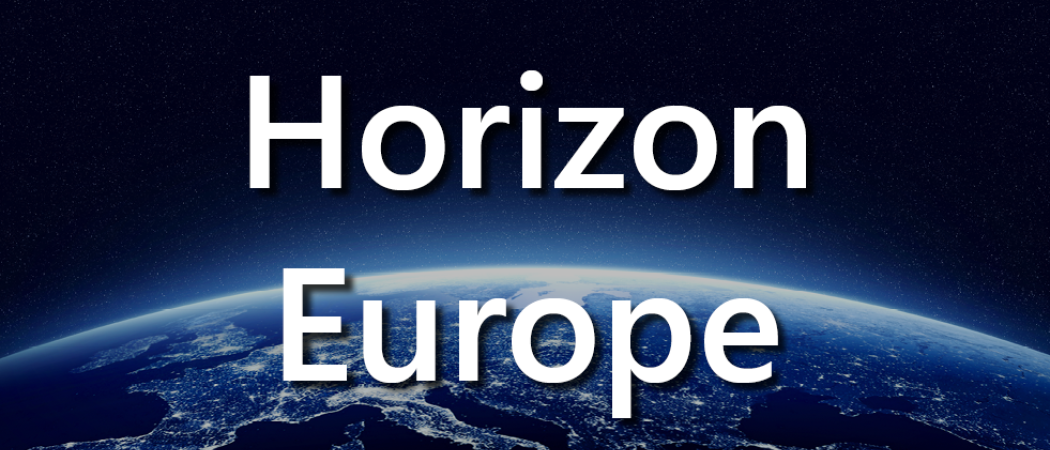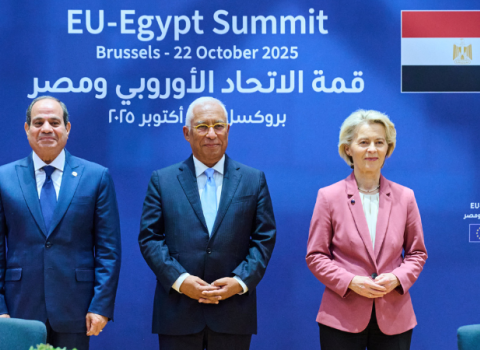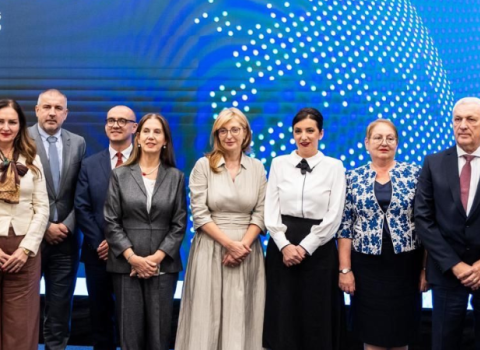New drafts of next research programme reveal efforts to hold the line between competing demands of industry and civil society bodies. And there are mixed messages on the future of graphene and human brain projects

New drafts of the next EU research programme, Horizon Europe, reflect the efforts of European Commission staff to head off a row between companies and civil society groups over the direction of future funding, and offer mixed messages on the fate of the giant, €1 billion flagship research projects.
Details on the content of the upcoming 2021 – 2027 programme, disclosed in a series of recent leaks, have sent lobbyists scrambling.
Those on the industry side are worried about a controversial proposal to mix together elements from the current programme’s ‘societal challenges’ and ‘leadership in enabling industrial technologies’ into one consolidated section called “global challenges”. Under this banner, the seven existing societal challenges in Horizon 2020 are “rationalised” into the five broad topics of health; resilience and security; digital and industry; climate; energy and mobility; and food and natural resources.
An open letter sent by the employers' association Business Europe to EU Research Commissioner Carlos Moedas last month called for Horizon Europe to maintain a dedicated industry pillar. “It is hard to understand why the EU would take the risk of putting into question an instrument which has been successful in raising industry participation after a constant drop in FP7,” the letter says.
Now, a new programme draft from EU staff, dated earlier this month, acknowledges these fears. “Some stakeholders have identified the risk that merging the stand-alone industrial leadership pillar would discourage industry participation,” the draft says.
And in an apparent concession to industry pressure, the release renames the global challenges pillar ‘global challenges and industrial competiveness’.
“Clusters will develop and apply digital, key enabling and emerging technologies as part of a common strategy to promote the EU's industrial leadership,” the document says.
Civil society groups are worried about industry influence over research priorities, arguing that companies’ inclusion in the global challenges section would make the budget spending harder to control and less transparent.
The latest drafts also attempt to assuage these concerns, saying, “A higher participation of industry in the global challenges and industrial competitiveness pillar could be seen as giving the private sector a disproportionate role in setting the research agenda at the expense of other stakeholder groups.”
To address this, the new draft suggests “a mitigation measure” under which the strategic planning process will ensure “a balanced approach by involving all stakeholders, including citizens, customers and end-users in agenda-setting.”
The Commission is due to publish an official proposal for Horizon Europe, containing a full budget breakdown, on June 7.
Undecided future for flagships
With a decision on the make-up of the research programme pending, and billions of research euros at stake, scientists are honing special pleadings for why their favourite EU research should get funding in future. The exact fate of the graphene and brain flagships is unknown, with different options appearing among the hundreds of pages of documents seen by Science|Business this week.
The graphene flagship, which is developing commercial applications of the remarkably strong and light material, and the human brain project, which aims to develop a computer model of all the processes in the brain, were launched in 2013. Last year the Commission announced a third €1 billion flagship in quantum research.
Some Commission officials are privately calling for a switch away from flagships towards “missions” – a twist on the flagship funding formula that officials argue can result in more targeted research goals, and gain more public buy-in.
Both existing flagships have, at times, caused frustration within the Commission and the wider science community. Officials question whether either have fully proved their value.
Commission staff who visited the National Graphene Institute at Manchester University have privately grumbled about what they felt was a lack of explicit acknowledgement of the role of EU funding.
The EU’s research commissioner, Carlos Moedas has spoken frequently about generating greater appreciation for EU research. He was peeved in the wake of the huge discovery of seven potentially inhabitable nearby planets last year that nearly all the resulting press coverage focused on the use of a NASA telescope. In fact it was an EU-funded Belgian, Michaël Gillon, who led the extraordinary space discovery.
The human brain project, meanwhile, has attracted probably more controversy than any project ever funded by Brussels. The trouble started in July 2014, when more than 800 neuroscientists signed a letter, expressing grave concern about the project’s scientific scope and governance, in particular, decrying the limited role given to cognitive neurosciences. A massive overhaul followed, but the project still sharply divides scientists.
Disagreements over what to do with the flagships appear to be reflected in the wording used in internal documents. One document says, “Flagships initiated before the start of this Framework Programme, on graphene, human brain and quantum technologies, will continue to be supported.”
But, according to another document, “Envisaged FET flagships in Horizon Europe will be established as missions, in accordance with the mission criteria.”
The wording here is ambiguous – “envisaged” could refer to the quantum computer flagship, which has not properly started yet, or it could also refer to the two running flagships.
A senior EU official said there has been discussions on moving away from the flagship formula, but that a final decision has not been made yet. The Commission’s research directorate cannot act alone on this matter because a different directorate, DG CONNECT, runs the flagships.
If the Commission finally chooses to maintain the model, there are likely to be demands for reform.
Researchers involved in the current flagships certainly do not foresee them ending, because they were set up as large-scale 10-year projects and the plans are mapped out for years to come.





 A unique international forum for public research organisations and companies to connect their external engagement with strategic interests around their R&D system.
A unique international forum for public research organisations and companies to connect their external engagement with strategic interests around their R&D system.